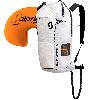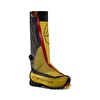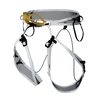Hansjörg Auer and Simon Anthamatten, the interview after Kunyang Chhish East
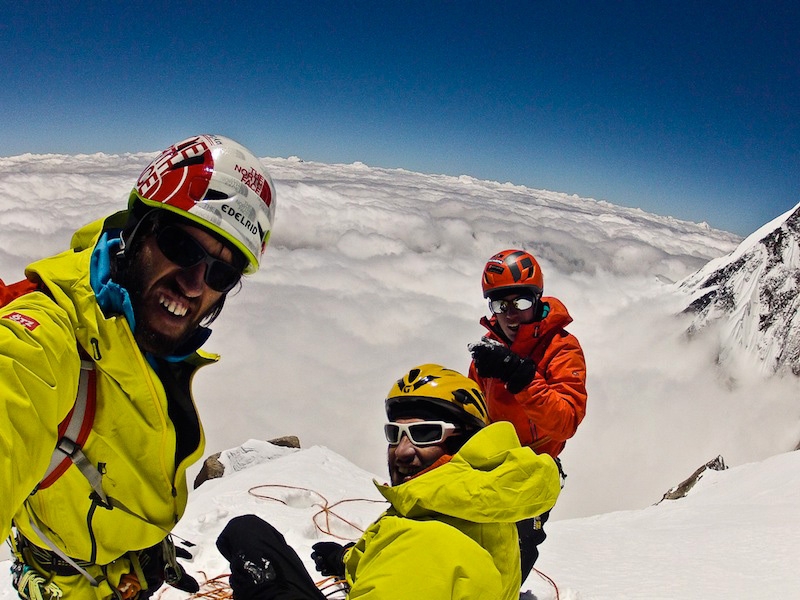
 1 / 15
1 / 15 Auer & Anthamatten
Auer & Anthamatten
Hansjörg and Simon, congratulations for this important ascent. Let's start with the beginning: why this mountain in particular?
Hansjörg: we simply wanted a challenging goal that would put us to the test. In addition, we wanted to be on our own as much as possible, without loads of other expeditions. When I met Steve House last December to Krakow he really inspired me to do this project. He said it would be very really cool if someone finally reached the top. Then when we started discussing plans with Simon, KC East was already on his short list. He'd been thinking about this mountain for quite a while.
Simon: Yes, after having been to Nepal and India several times I really wanted to go to Pakistan. One has to say that some of the world's wildest mountains lie in the Karakorum range and this is also why there are still projects such as Kungyang Chhish East. I'd saved a photo of this mountain in my computer ever since the Poles attempted it in 2003. A 7000m high mountain, unclimbed, difficult on every side and without an easy descent, what more could you ask for? This is every climber's dream!
So how was this dream?
Hansjörg: I'd say it's one of the more beautiful mountains in the Karakoram. It's shaped beautifully, with a gigantic SW Face. When I first saw it I got really scared and felt very, very small indeed.
Simon: According to Himalaya Alpine-Style, the entire Kungyang Chhish East massif, with its five peaks, covers four times the area of K2! The SW Face is about 2500m high from the Bergschrund to the summit. Everything is huge. And to this you need to add the from the unpredictable weather, not always fully cooperative porters and the country's political instability. These are all factors that make climbing this mountain difficult, and they're the reasons why those who preceded us failed.
Tell us about your route
Simon: Our route is the easiest line up this granite giant. Technically speaking it's never truly difficult, but the difficulty lies in choosing the right moment. You need to take full advantage of a good weather window, you simply cannot start too early or too late. It takes 4 to 6 days to climb up and back down again and getting the timing just right isn't easy.
Hansjörg: ours was the most logical line up the mountain. And also the easiest, of course, to give us the best chance of reaching the summit. It's the purest form of mountaineering: you're faced with a virgin peak and you look for the best way up it, which, as it happens, was by no means easy. Yeah, what more could you ask for?
Looking back on things now it sounds simple. But you got off to a bad start...
Simon: Yes, we had a miserable start. I had Visa problems, these things happen, but an hour after receiving the all-clear Matthias severed 5 mm off his thumb, this certainly took a lot of wind out of our sails... You know, during our first attempt – which happened to be really good - we needed only half a day to reach the summit. We were climbing on the end of a good weather window that lasted nine days in total. Had we not been forced to postpone our flights, who knows what might have happened... Anyways, in the end turned for the best.
Hansjörg: It was a real blow, Matthias cutting his thumb so badly was the last thing we needed. We didn't know whether he'd be able to join us later and one thing was certain: even if he did, his acclimatization process would be far behind.
So you had couple of attempts without him
Simon: The first attempt was great. We bivouacked at 7000m and were certain we'd summit the next day. But during the night the weather deteriorated and it was then that we realised our predicament. Once off the mountain we were happy to have "escaped" her grasp.
Hansjörg: as Simon just mentioned, our first attempt was really good. We felt strong and were sure we'd succeed. But then came that terrible storm. To be honest we were somewhat drained physically, and then along came the mental stress; being so high up, at 7000m, in bad weather, it was dangerous. Matthias was relieved when he saw us descend safely 14 hours later. We set off too early on our second attempt, there were many avalanches and simply too much unsettled snow and this forced back at 5600m. With a project like this one, everything must be perfect. The difference between success and failure is tiny and even the slightest mistake is costly.
Hansjörg, you and Matthias had never been so high before, right?
Yes, for me the acclimatisation process proved very difficult. It was a real torture and I simply could not imagine climbing all the way up to 7400 metres. You need a lot of patience, for me it was something new to go on an expedition and not start on the main project right away. It's worth noting that Ice Cake Peak isn't ideal for acclimatisation, to climb it conditions must be excellent. In general though I think my body is adapts well to altitude, but you never know. It was the first time I climbed so high.
So two failed attempts, then the final rush to the summit
Hansjörg: we had to wait for two days at 6700m, with the strong winds moving upwards was impossible. Luckily we found a tunnel inside a crevasse, otherwise we wouldn't have been able to sit it out because of all the spindrift. Then the weather improved. The summit day was tough. We started at 6.00, not earlier as we had to wait for the sun, it was bitter cold. Simon and I felt strong while Matthias felt the effects of the altitude. He wasn't as acclimatised as we were. But I can honestly say that he fought incredibly - massive respect! The mixed pitches early in the morning were challenging, but the summit ridge was easier than we had suspected. I managed to breach the rock band where Steve had been forced to turn back by climbing more or less up ice. And from there the terrain became inreasingly easier.
What about the summit?
Simon: Being on the top was really emotional. The sun was shining and only K2, Gasherbrum, Chogolisa, Masherbrum, Ogre, Rakaposhi and Nanga Parbat jutted out above the endless sea of clouds. We weren't all too worried about the descent since we'd already descended from 7000m in bad conditions.
Hansjörg: actually when we fell into each others arms we just cried with joy. I couldm't believe that we'd just done. At about six in the evening we returned to our tent at 6700m, then the next day we descended further. Towards the end things became dangerous because of the warm temperatures and huge chunks of falling ice. At about six o'clock in the evening we saw our Pakistani cook and guide who'd come to meet us with biscuits and coca cola.
What was the hardest part of this experience?
Hansjörg: The route isn't technically difficult, but the combination of the height of the face and of course the altitude make this mountain a great challenge. Climbing through mixed terrain at 7000m isn't easy, and that's the reason why it had been attempted for over 10 years.
Simon: The most difficult thing was that we'd had an excellent first attempt. We really thought we'd do it. Our second attempt was poor. It 's like when, in sports climbing, you fall just in front of the chain and then you never reach your highpoint and feel like giving up. Three weeks after the first attempt and the good weather window continued to move forward more and more and we started to get nervous. Then finally 5 days of good weather were forecast ... But after two days of climbing we were forced to bivy in strong winds and snowfall at 6600m. The next day we managed to climb only 100m and then we pitched the tent inside a crevasse where we endured almost 48 hours of poor weather. Physically this was really difficult. We decided to leave after the second bad night: if the weather was good we'd attempt the summit, if it were bad we'd descend. The weather was good and our waiting was over.
So what was the most beautiful thing?
Hansjörg: the fact that Matthias succeeded, too.
Simon: The best moment for me was standing on a tower about 200m from the top, realising that we had done it. We were really able to enjoy these last 200m, despite our fatigue. The challenge of a first ascent lies in its uncertainty, and certainty can only be found at the very top.
Simon, can you compare this to some other climbs, such as Jasemba for example?
The rock band at 7000m on Jasemba had two difficult pitches that I graded M5. Without a doubt two of the most difficult pitches I've ever climbed. The line up Kungyang Chhish is technically easier, somewhere in the region of M4/M5, similar to some pitches up the North Face of the Matterhorn. But when you take into account the overall commitment, then Kungyang Chhish East is much wilder, higher and with a worse climate. The face is almost twice as high. Having said that, I believe that some of grades in the Himalayas are pretty stern: on Tengkangpoche with Ueli Steck we climbed some M7 pitches. The leader spent at least 90 minutes climbing each pitch, at about 5500m. I don't think that there's currently someone capable of onsighting M6 at 7000m. At least, I certainly can't.
Last question: you were in Pakistan just as the massacre on Nanga Parbat occurred. How did you hear and react to the news?
Simon: The news shocked us and made us reflect about the meaning of our expedition. Our thoughts were with the victims and their families. It seemed impossible that this tragedy had occurred only 120 km away. It was even more difficult for our families at home, since we had told them that we'd gone to an area that was peaceful. On our way back we flew from Gilgit to Islamabad to avoid the area around Nanga Parbat.
Hansjörg: The news hit us tremendously. At the airport in Islamabad we had met the Romanians alpinists who wanted to climb Nanga Parbat. We thought they were all dead, until we met them at the end of our expedition in Gilgit. We were so happy to see them again. Obviously this problem cannot be solved easily. It has a long history, we can only hope that in the future we'll be able to return to Pakistan and that such events don't happen again.
| www | |
| anthamattens.ch | |
| hansjoerg-auer.at | |



 Copia link
Copia link

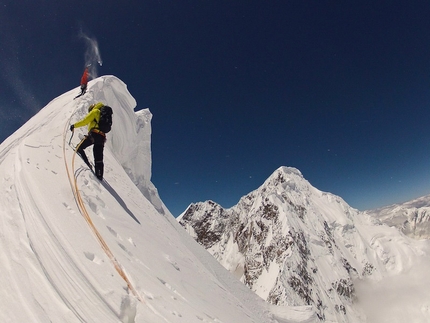
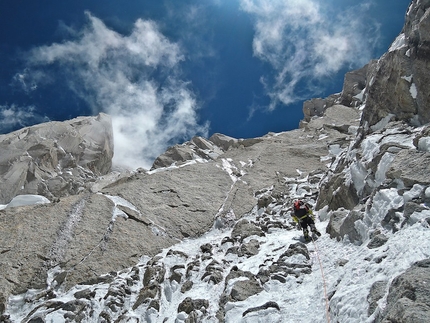
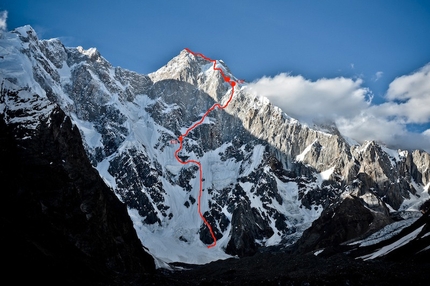
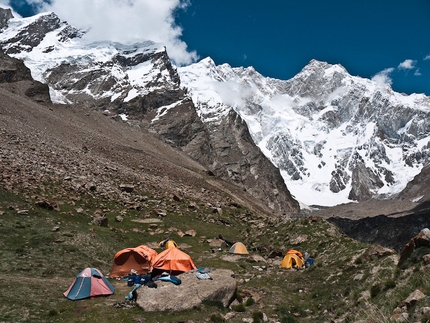
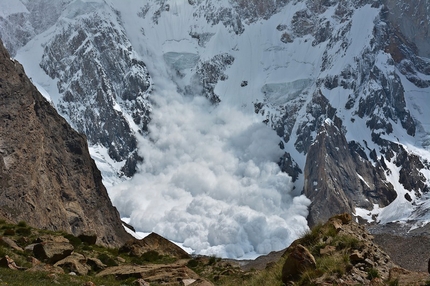
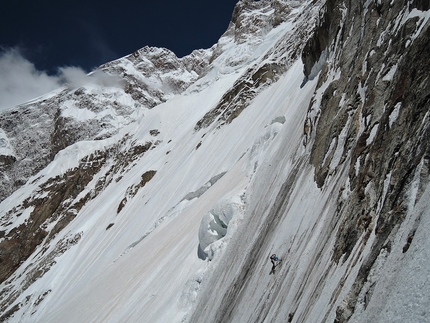
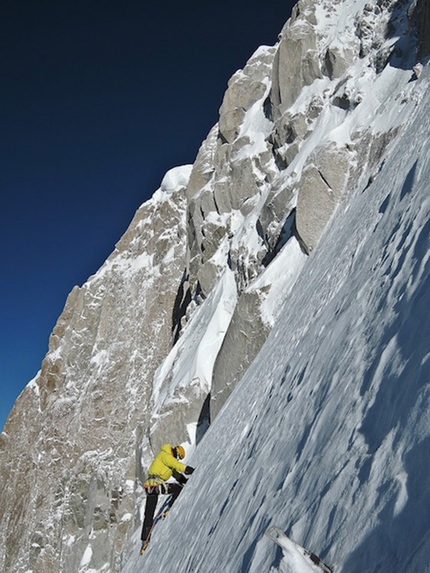
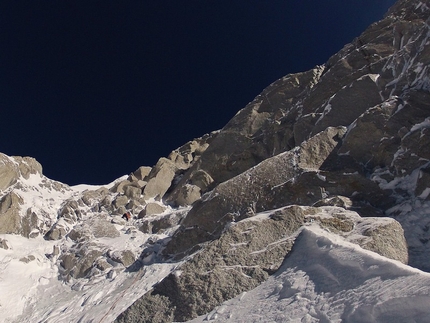
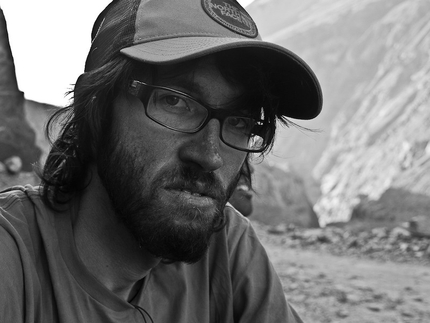
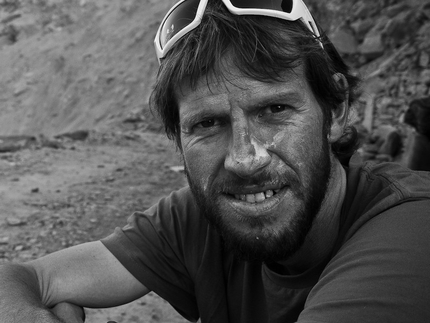
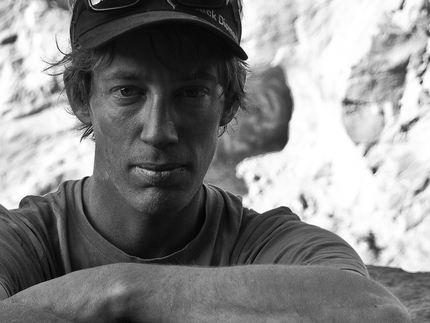
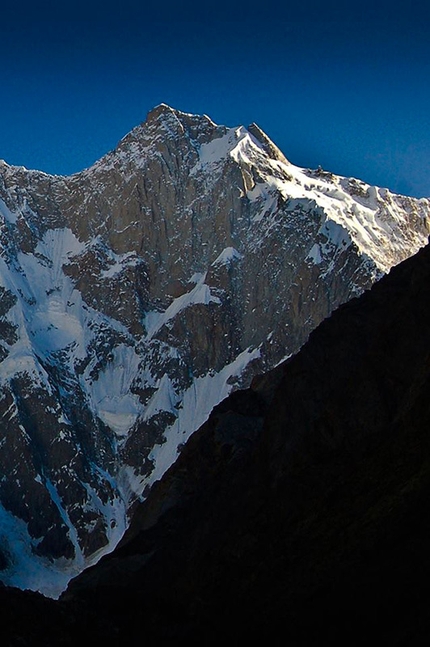
 See all photos
See all photos










